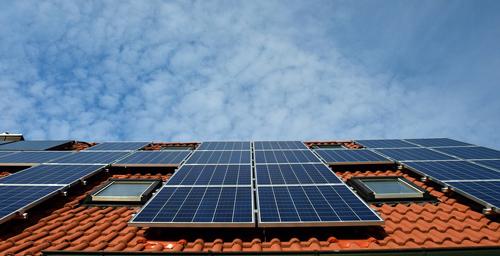
Following the breakthroughs made in September by Korean scientists on single-jiegou perovskite batteries and flexible batteries, in November, Chinese scientists also made major breakthroughs in the direction of two-dimensional Ruddlesden-Pop layered metal halide perovskites.
The team of Academician Huang Wei from the Institute of Advanced Materials of Nanjing University of Technology and Professor Yonghua Chen’s team cooperated with Professor Xing Guichuan of the Institute of Applied Physics and Materials Engineering of the University of Macau to report a series of two-dimensional Ruddlesden-Popper (RP) with different quantum well widths for the first time in the world -Layer perovskite film, and its efficient perovskite solar cell application.
In recent years, two-dimensional RP layered perovskite materials have become a research hotspot in perovskite solar cells due to their superior stability and photoelectric properties. The two-dimensional RP layered perovskite films prepared based on the liquid phase method are all composed of a multiphase mixed quantum well structure (MQW), that is, the target quantum well structure is very different from the actual phase structure obtained. Researchers have been working to prepare pure-phase two-dimensional perovskite films, but they have not been able to achieve it.
In response to this problem, the cooperative team introduced molten salt spacer cation source butylamine acetate to replace the traditional butylamine iodide. The strong ion coordination between butylamine acetate and the perovskite framework was used to form a uniformly distributed intermediate phase. Glue allows pure phase quantum well films with vertically arranged crystal grains to crystallize from their respective mesophases to prepare a series of pure phase two-dimensional RP perovskite films with different quantum well widths. The solar cell device based on this perovskite film achieves a power conversion efficiency of 16.25% and a high open circuit voltage of 1.31 V. After 4680 hours of continuous operation in an environment with a humidity of 65±10%, 558 hours of continuous operation in an environment of 85°C, or 1100 hours of continuous light, the efficiency of the device decays less than 10%.
The pure-phase quantum wells demonstrated in this research help promote the development of solar cells and other perovskite-based optoelectronic devices such as detectors, light-emitting diodes, and lasers.
















 RCCN WeChat QrCode
RCCN WeChat QrCode Mobile WebSite
Mobile WebSite